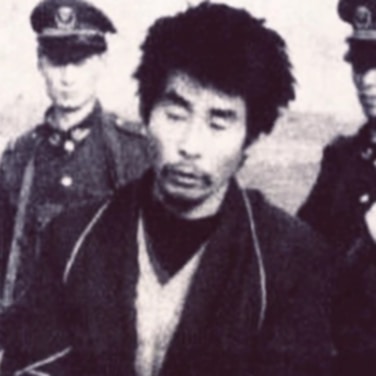
b: 1957
Wang Wanming
Summary
Name:
Years Active:
1992 - 1998Birth:
February 26, 1957Status:
ExecutedClass:
Serial KillerVictims:
20Method:
BludgeoningNationality:
China
b: 1957
Wang Wanming
Summary: Serial Killer
Name:
Wang WanmingStatus:
ExecutedVictims:
20Method:
BludgeoningNationality:
ChinaBirth:
February 26, 1957Years Active:
1992 - 1998bio
Wang Wanming was born on February 26, 1957, in Manshoushan, a small village in Gaizhou, Liaoning, China. He belonged to the Manchu ethnic group. As a child, he was known for being aggressive and often got into fights. He did not pay much attention to his studies and dropped out of elementary school after the third grade.
Wang's early life included rumors that he attended school with another boy named Wu Jianchen, who later became a serial rapist and killer. However, this was never confirmed. As Wang grew up, he began to gain notoriety in his village for bothering local women.
In November 1981, when he was about 24 years old, Wang was arrested for the first time for raping a woman in Gaizhou. He was sentenced to five years in prison but was paroled early for good behavior. After he was released, Wang committed another rape and was caught again. This time, he received a harsher sentence of 19 years.
In 1986, while serving his sentence, Wang was moved to a hospital for treatment of tuberculosis. During his stay, he escaped by cutting the bars on his window. After his escape, Wang lived in hiding for several years. In 1991, he settled at his older brother's house in the Yanliang District of Xi'an. He found work tending to local orchards and started a family with his common-law wife, Sun Xiaocui, and their son.
murder story
On June 2, 1992, the lifeless body of 18-year-old Wang Yingying was discovered in Yuhua, part of Xi'an's Yanta District. An autopsy revealed that she had been raped and then killed. This case started a troubling pattern in the region. From 1993 to 1994, seven other similar cases were reported, leading to five additional killings. Between 1995 and 1996, the trend continued with six more incidents resulting in three more deaths. Initially, investigators viewed these cases as unrelated, but they struggled to gather any leads.
On April 8, 1997, the decomposed body of another 18-year-old, Jia Xioani, was found in a wheat field near Shangbei Village. This case was unusual because her killer had burned some of her hair before stealing her bicycle. Despite the establishment of a special task force, the investigation hit dead ends due to the poor condition of the body and a lack of evidence.
While this investigation continued, two additional murders occurred in December 1997 and February 1998. Authorities connected these violent acts and suspected they had to be the work of a local criminal. In 1998, the number of such crimes surged, prompting officials to merge all investigating efforts. They focused their attention on patterns in the crimes and the locations where they occurred.
As the investigation proceeded, the task force believed they were dealing with a single perpetrator. They compiled information about the suspect's possible background, suggesting he may have had a criminal history and acted alone. After a series of arrests were made concerning other suspects, on December 13, 1998, in Xi'an, a woman recognized her attacker and provided crucial information to police. This led to Wang Wanming’s arrest.
Once in custody, investigators found stolen items linked to the victims in Wang's home. After extensive questioning, Wang confessed to the rapes and murders. When authorities compiled records of the reported crimes in Shaanxi from 1992 to 1998, they determined Wang was responsible for a significant number of them: 52 rapes and 20 murders.
Wang was charged with these crimes, found guilty, and sentenced to death. His execution occurred in 1999. On the day of the execution, a large crowd gathered, and some family members of the victims attempted to confront him. Despite their anger, Wang was executed without further incident, ending a long and painful chapter for the affected communities.